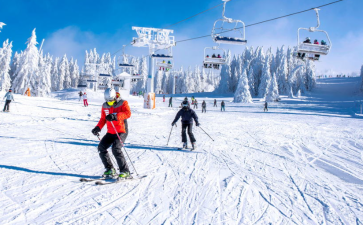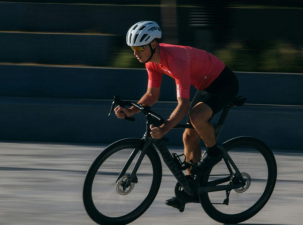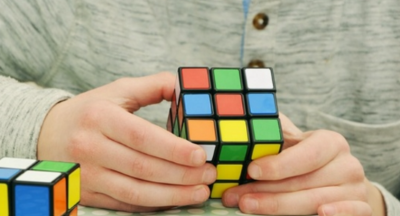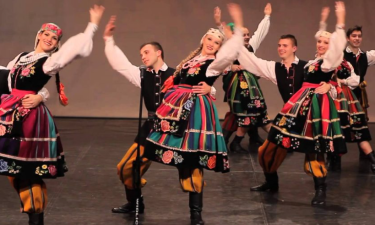From Street to Arena: Skateboarding's Journey to the Olympics
Skateboarding originated on the California coast in the 1950s. Initially, surfers, seeking to continue the thrill of riding waves on dry land, attached wheels to wooden boards, creating "landboards." With the rise of skate parks and the evolution of technical moves, skateboarding gradually developed into two main competition formats: street and park. In 2016, the International Olympic Committee officially included skateboarding in the Olympic program, marking the sport's transformation from street culture to competitive sport.
In the Olympics, skateboarding is divided into two events: street and park. Street competition simulates urban street terrain, requiring competitors to perform tricks on stairs, handrails, ramps, and other props. Bowl competition, held in a curved bowl, uses centrifugal force to soar into the air, performing difficult moves like aerial turns and board grabs. Both events are judged based on creativity, difficulty, execution, and consistency, testing both the athlete's technical prowess and their individual style.
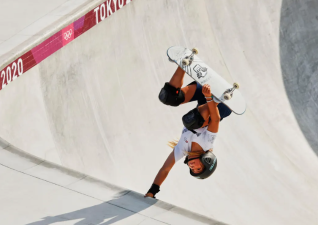
Bowl Skateboarding and Street Skateboarding
Although both are skateboarding sports, the two disciplines are quite different.
How do the tracks differ?
Bowl competition takes place on a bowl-shaped track with several different types of obstacles, such as ramps, halfpipes, and pump tracks, allowing competitors to build speed and momentum, ultimately completing their aerial tricks. Bowl competitions consist of two rounds: preliminaries and finals.
How do tricks and tricks differ?
While the tracks are different, many of the same tricks are common to both events, including grinding (where competitors glide on the metal edges of their wheels) and slithering (where competitors use the board's surface to perform tricks). However, since the venues are different, the technical moves are also different.
One of the highlights of bowl pool competitions is the dazzling aerial tricks. Competitors use the slope of the venue to gain momentum and speed, then soar into the air and perform a variety of fancy moves, combining flips, spins, grabs, and aerial poses, which are a dazzling sight.
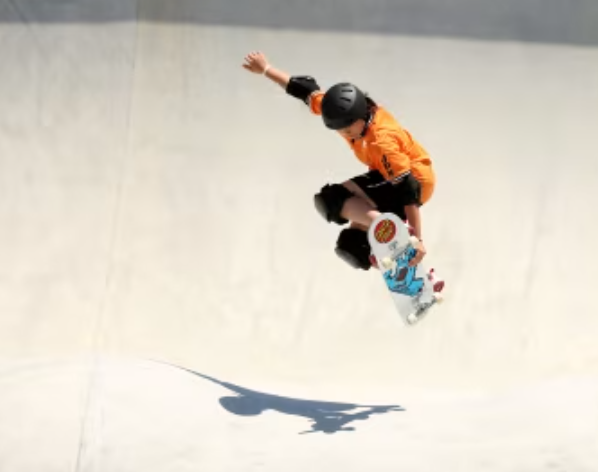
Skateboarding: More than just "skating"
- Healthy aerobic exercise
Aerobic exercise is an important and necessary part of any workout. By definition, cardiovascular exercise is any exercise that increases your heart rate to improve oxygen flow throughout the body.
Skateboarding can be a moderate to vigorous cardiovascular exercise, depending on the intensity of your practice. Compared to other cardiovascular exercises like running, recreational skateboarding is lower-impact on joints.
- Increased flexibility
Flexibility is an often overlooked and undervalued aspect of physical health. While it may be associated with activities like dance, gymnastics, and yoga, flexibility can make your body more flexible while also improving strength and stability. Improved Flexibility: Skateboarding helps improve core and leg flexibility, as skateboarding requires a certain level of flexibility and ankle mobility. For example, tricks like heelflips and kickflips increase blood flow to the muscles, warming them up and improving flexibility.
- Improved Balance and Coordination
Balance is perhaps one of the most obvious fitness benefits of skateboarding. Without proper balance, you can't skate, and controlling your core muscles is crucial for achieving balance. Your core muscles include your abdominals, trapezius, and lower back muscles.
- Improved Coordination
Coordination is the ability to smoothly and efficiently control different parts of the body to perform movements. Skateboarding requires the use of most muscles in your body. When you're on a skateboard, your large and small muscles work together, and your eyes process visual information to help you execute moves.
- Full-Body Exercise
You might think skateboarding only works your legs, but it uses more muscles than you think. You might focus more on your legs, as you're using them to push off and tap the board, but you might forget that you also use your arms for balance. Skateboarding also involves a lot of twisting motions, which work your abs and other core muscles.



